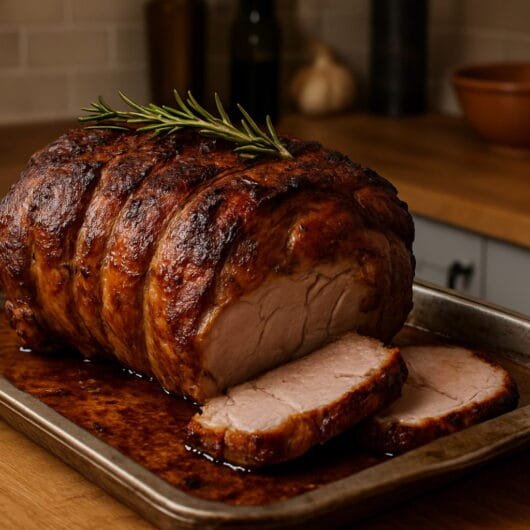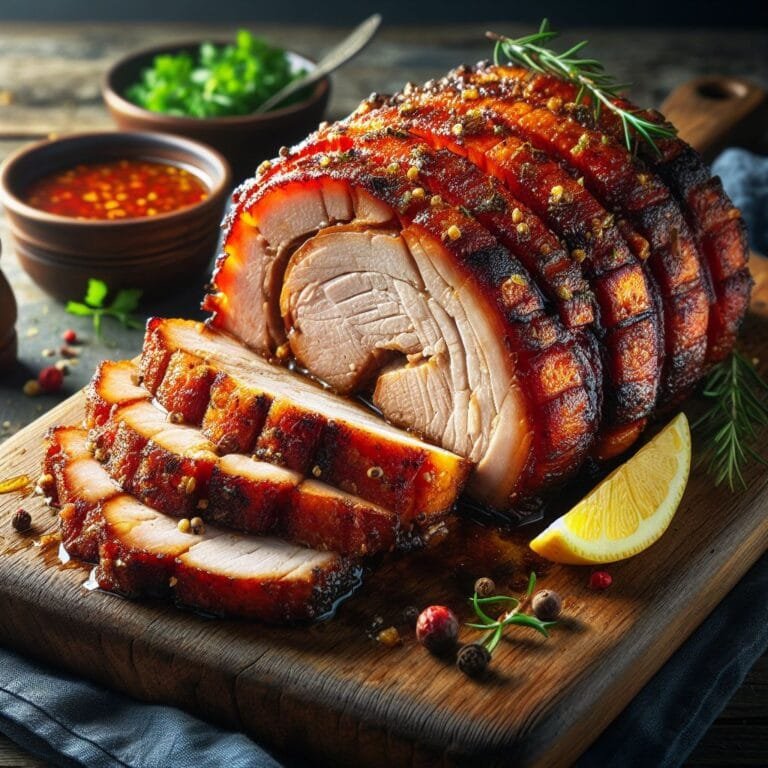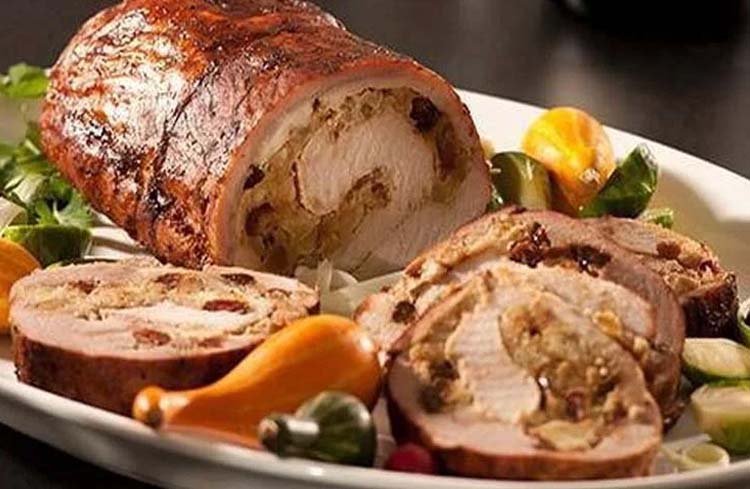Enjoy an irresistible roasted pork neck recipe, perfect to impress on any special occasion. With a simple preparation, this meat is slowly cooked until tender, juicy, and covered with a golden, flavorful crust. Served with potatoes, vegetables, or a fresh salad, this pork neck is ideal for family lunches or elegant dinners. Here we show you step by step how to achieve the best result at home, using easy-to-find ingredients and a homemade touch that makes the difference.
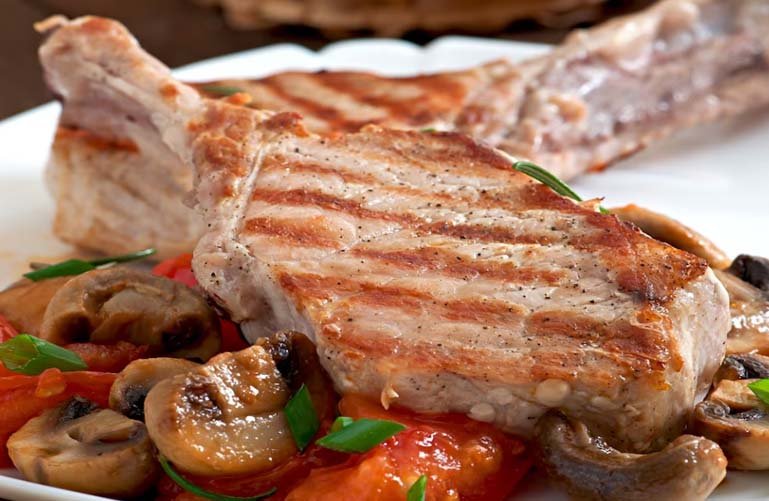
Baked pork neck and health benefits
Roast pork loin, when prepared properly and consumed in moderation, can offer several health benefits. Here are some of them:
- Source of protein: This recipe is an excellent source of protein, essential for tissue repair and growth, enzyme and hormone formation, and strengthening the immune system.
- Vitamins and minerals: Pork, including pork loin, contains a variety of essential vitamins and minerals such as iron, zinc, phosphorus, potassium, vitamins B6, and B12. These nutrients play a crucial role in proper body functioning and contribute to maintaining optimal health.
- Energy and satiety: Pork loin is relatively high in calories and healthy fats, making it a good source of energy. Its protein and fat content can help promote satiety, which can help control appetite and prevent overeating.
- Muscle nutrition: Pork bondiola contains essential amino acids necessary for the development and maintenance of muscles. Therefore, it can be beneficial for people looking to increase their muscle mass or maintain healthy musculature.
- Heme iron: Pork, including pork, provides iron in the form of heme iron, which is more easily absorbed by the body compared to non-heme iron found in plant sources. Iron is necessary to form red blood cells and transport oxygen in the body
However, it is important to note that pork belly can also contain significant levels of saturated fat and cholesterol. Therefore, it is recommended to consume it in moderation and as part of a balanced diet.
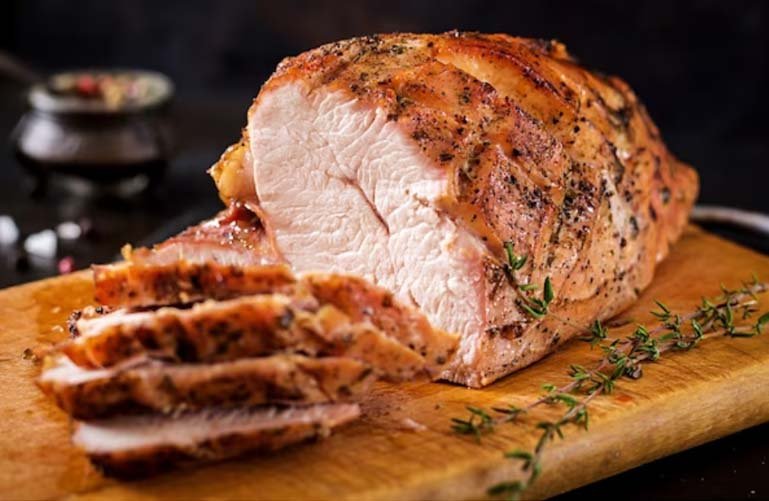
History of pork neck
The history of pork bondiola dates back to ancient times, where the pig was one of the most important animals in human nutrition due to its versatility and its ability to adapt to various cooking methods. Bondiola, specifically, has been valued for its excellent combination of flavor and texture since time immemorial.
The origin of pork bondiola is believed to lie in the practices of pig slaughter, a tradition that has existed in many cultures around the world since ancient times. During these slaughter rituals, a pig was sacrificed and every part of the animal was used for consumption, avoiding any waste. The bondiola, located in the neck and shoulders of the pig, was one of the most appreciated pieces for its tenderness and flavor.
Throughout history, pork bondiola has been an important component of gastronomy in various cultures. In European cuisine, for example, it was widely used in traditional dishes such as roast pork or stew. Over time, different regions developed their own techniques and recipes to highlight the unique qualities of bondiola.
With the arrival of the modern era, pork bondiola continued to be a central element in gastronomy, adapting to culinary trends and local preferences. Today, it is found in a wide variety of dishes from different parts of the world, from classic recipes to innovative creations by contemporary chefs.
In short, the history of pork bondiola is a rich and diverse narrative that reflects the cultural and culinary importance of this cut of meat over time. Its popularity endures to this day, demonstrating that its irresistible flavor and succulent texture continue to conquer the hearts and palates of people around the world.
Maybe you might like: Pumpkin and eggplant lasagna
Image credit: freepik

